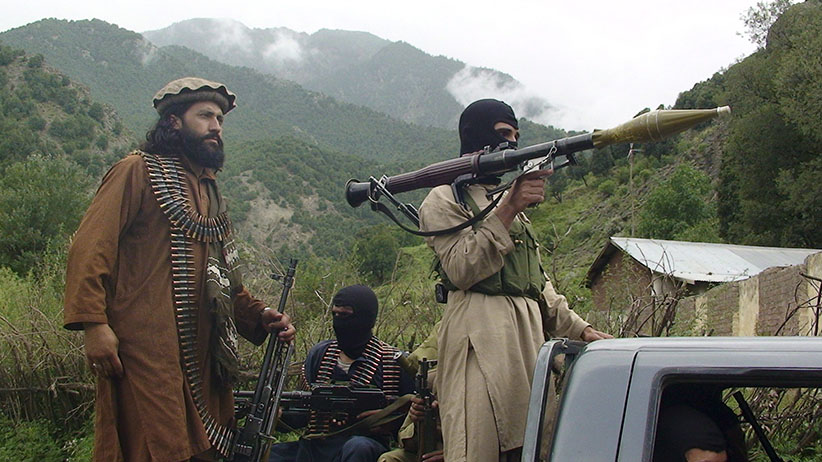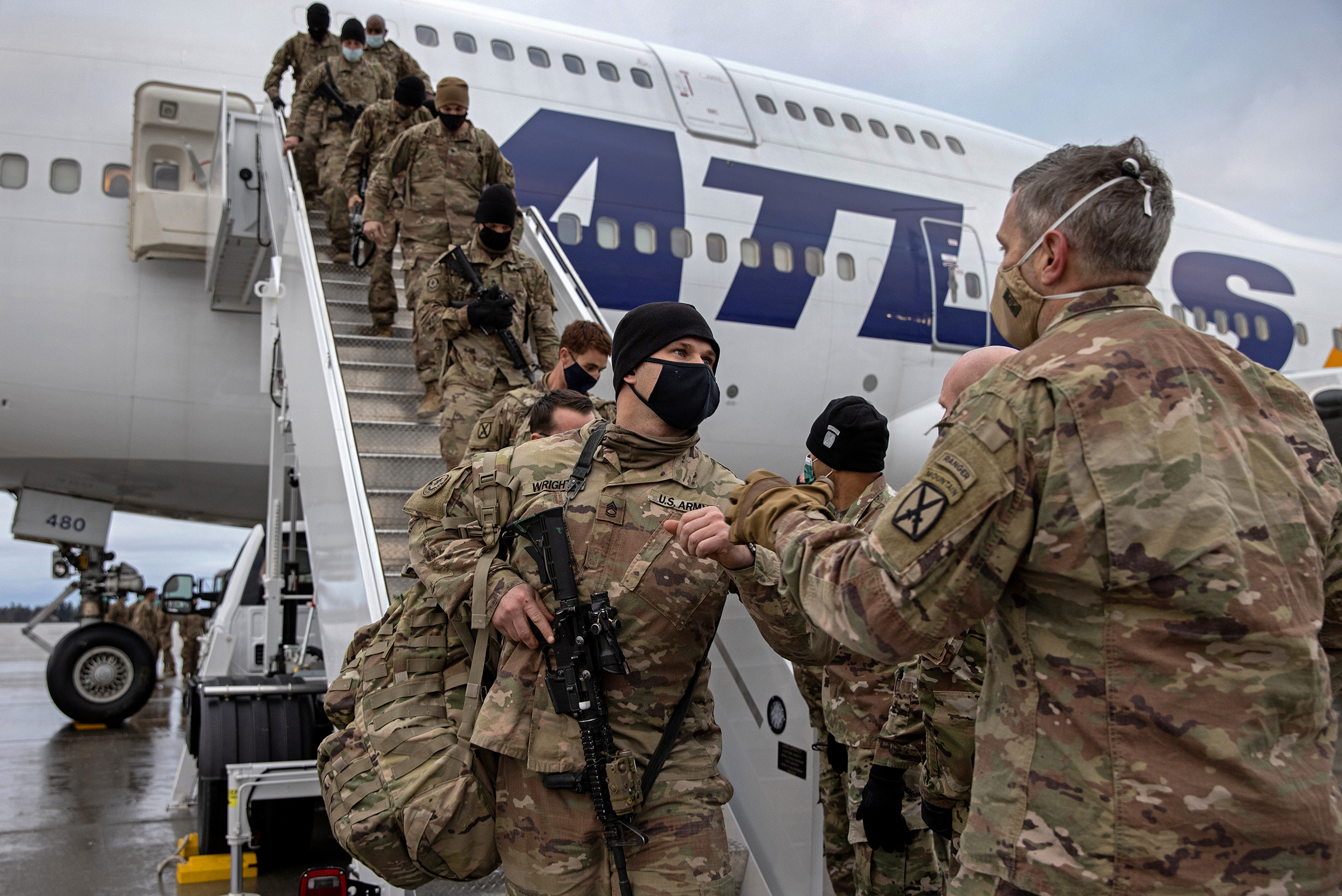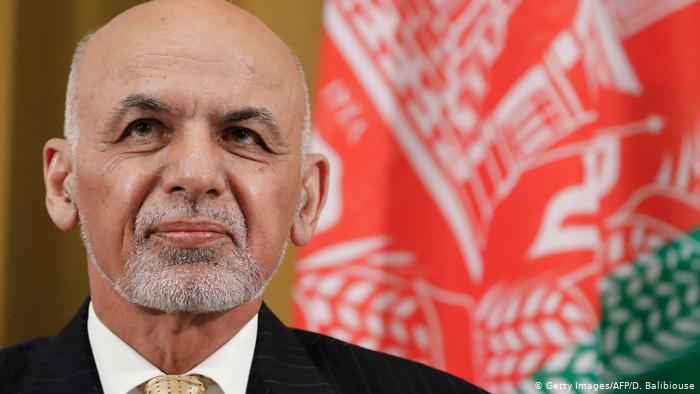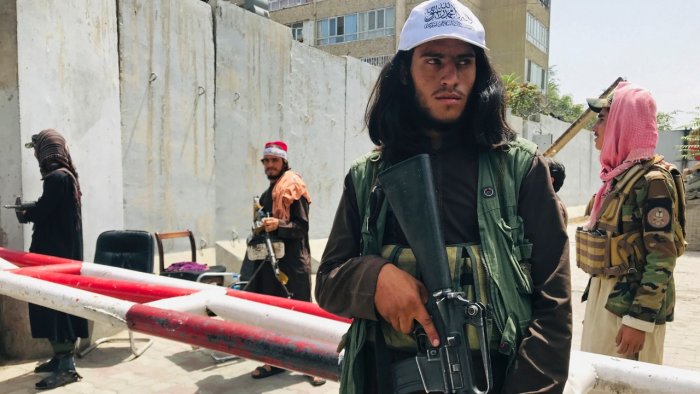Biden’s fateful Afghanistan decision: a briefing in two instalments
Part 1
Smoke and errors
It is not quite the First Afghan War redux, but the victory of the Islamic Emirate of Afghanistan is not far short of it. On 1 January 1842, following an ‘agreement’ between Major-General William Elphinstone, commander of British forces in Afghanistan, and Pashtun warriors, the British began what they thought would be safe passage from Kabul to British India for 4,500 military personnel and 12,000 mainly Afghan and Indian ‘camp followers’. As soon as the retreat began the civilians and their military escort came under attack from Ghilji warriors. On the second day, the Royal Afghan Army’s 6th Regiment, in which the British had invested much effort, deserted. Only one British officer and seven Indian soldiers survived the ensuing massacre.
To date, 2,448 US military personnel have been killed in Afghanistan since 2002, along with over 1,200 other Coalition personnel and more than 66,000 Afghan soldiers and police. At least 47,000 Afghan civilians have also been killed with almost 400,000 Afghans displaced since May 2021 alone. It is also believed that over 50,000 Taliban fighters have died in the conflict.

The cost alone of training and equipping the collapsed Afghan National Army has been some $88bn/€75bn/£64bn whilst President Biden says the US has spent over $1.5 trillion. By any standards what has happened in Afghanistan over the past few days is a monumental failure for the US and its Western Allies. The US has been humiliated, Europeans revealed for the security lightweights they are, and on the hills around Kabul the last dying embers of Western liberal interventionism extinguished. Iraq, Syria, Libya and now Afghanistan are now all testaments to twenty-first century Western strategic incompetence. However, anger is not analysis and in this piece I will offer some initial considerations of causes, consequences and effects.
The main finding is that for such a deadly rupture to have taken place there has clearly been a catastrophic failure of high political leadership, not just now and not just in Washington.
How the US and its Allies mismanaged the withdrawal is the immediate cause of what by any standards of policy is a disaster. The consequences for the Afghan people will be tragic, particularly women and children, and there will also be profound consequences for US leadership. After what has happened not even America’s closest allies will any longer be sure Washington has the political capacity or strategic patience to stay the course of any prolonged campaign. The arbitrary manner in which the Trump administration decided to leave Afghanistan, which was confirmed by President Biden, has also gifted the Taliban a stunning victory. A decision that appears to have had far more to do with America’s toxic domestic politics than considered US or Western security strategy, as evidenced by the unedifying blame game between presidents Trump and Biden.
Why is the withdrawal a defeat?
One of the many strange aspects of President Biden’s August 16th speech was the suggestion that he was somehow bound by the agreement between the Trump administration and the Taliban. This is not least because whilst the Americans and their Allies honoured the agreement the Taliban has not. Under the February 2020 Doha deal US forces were to have been withdrawn by May 1st, 2021. In return, the Taliban would break links with Al Qaeda and enter peace negotiations with the Ghani government. They did neither.
The date for completion of the withdrawal also slipped back to August 31st which established a clear link between the withdrawal and the twentieth anniversary of 9/11. Given that information warfare/propaganda is a large part of what the Taliban do it clearly spurred them on to retake Kabul by 9/11 and helped accelerate the collapse of demoralised Afghan National Security Forces (ANSF) about to be stripped of their foreign advisors in the face of an implacable enemy. Consequently, Washington has not only handed the Taliban an unconditional victory, but afforded violent Salafist jihadis the world-over an immense propaganda coup and a powerful recruiting tool. Such groups across will also interpret the defeat of the West as fulfilment of prophesy that a Muslim army would defeat infidels in the so-called Khorasan, which includes parts of Afghanistan.

Were the US and its Allies right to withdraw from Afghanistan?
President Biden said, “Today, the terrorist threat has metastasized well beyond Afghanistan. Al-Shabab in Somalia, al-Qaeda in Arabian Peninsula, al-Nusra in Syria, ISIS are attempting to create a caliphate in Syria and Iraq and establishing affiliates in multiple countries in Africa and Asia. These threats warrant our attention and our resource”. And that, “There was only the cold reality of withdrawing our forces or escalating the conflict and sending thousands more American troops back”.
Twenty years on from the December 2001 invasion Western powers were certainly right to be looking to Afghans to decide their future and in a terrifying way they have, or at least had it decided for them. It is also argued by some that the rise of China and the return of Great Power Competition meant it was simply no longer possible for the US and its Allies and partners to commit such large parts of their respective forces and resources to one central Asian country.
In fact this argument is simplistic at best. It is true the Taliban reduced its attacks on the Coalition in the wake of the February 2020 deal with Trump and that had the US reversed that decision such attacks would likely have resumed. However, the US and its allies have a far better understanding of Afghanistan than twenty years ago thus enabling a strategy of that was essentially one of inserting Western military back-bone into the ANSF. It is that back-bone which was removed with catastrophic consequences. Moreover, over the past few years the US and its NATO Allies have succeeded in limiting the number of forces involved. In other words, the US and its Allies should have been able to both prepare for the challenges posed by the likes of China and Russia, whilst also maintaining the mission in Afghanistan.

Was the aim of the campaign simply to defeat terrorism in Afghanistan?
President Biden also said, “Our mission in Afghanistan was never supposed to be creating a unified, centralised democracy”. That mission was precisely what the US signed up to in December 2002 in the Bonn Agreement which was the price many Europeans demanded for committing to a long-term campaign in Afghanistan. Back in December 2001, the West could have mounted a simple search and destroy counter-terrorism mission. However, the West (Americans included) chose not to and decided instead to build a functioning Afghanistan that would no longer be a threat to itself or others. That was also the promise made to the Afghan people and at the time those that made that promise believed it. Sadly, it is that promise that has now been betrayed and witnessed the world over.
The hard truth is that the West failed in its mission to create such an Afghanistan because it was never really serious in meeting the challenge of it. For the last decade presidents Obama, Trump and now Biden all signalled that they were far more concerned about how to get out of Afghanistan and thus limit any adverse impact this entangling engagement might have on their electoral chances. Europeans? Most of them have been trying to get out since 2002, or at the very best limit their exposure.

Could a functioning and relatively stable Afghan government have ever been established?
Probably not, albeit not simply because of the nature of Afghan politics and the endemic corruption in both Kabul and provincial capitals. Stability in Afghanistan rested on efforts by the Coalition to build governing institutions sufficiently respected and capable of governing the country for the good of all Afghans. Those efforts were frustrated by corruption at the highest levels of government including, it is alleged, ex-President Ghani. The main argument the Biden administration is using to justify the withdrawal was that not only are Americans tired of what he called ‘forever wars’, or that Afghanistan not the threat it was (at least for the moment), but that forging competent governance in Afghanistan is not possible.
However, throughout the campaign commanders also grappled with a deadly paradox: many leaders in Washington did not believe in nation-building, whilst many leaders in Europe who insisted on nation-building signally failed to invest in it. Consequently, the counter-terrorism campaign and the stabilisation campaigns ran in parallel and too often came into conflict in spite of efforts by commanders in the field to de-conflict the two missions.
Consequently, in spite of the huge efforts the Americans and their allies and partners made to construct functioning institutions in Kabul they failed to extend the writ of the Kabul government across the country which many Hazara, Pashtun, Tadjik and Uzbek Afghanis alike saw as corrupt and incompetent. The Allied effort was also too often fractured and uneven spread as it was across a host of so-called ‘provincial reconstruction teams’ all of which were different depending on which country was responsible.

Why did the ANSF fail so spectacularly?
In his July 8th speech President Biden said, “The Afghan troops have 300,000 well-equipped (personnel) – as well equipped as any army in the world – and an air force against something like 75,000 Taliban…The Taliban is not the North Vietnamese army. They’re not remotely comparable in terms of capability. There’s going to be no circumstance where you see people being lifted off the roof of the embassy of the United States from Afghanistan”. From the outset the entire campaign was predicated on the belief that in time credible Afghan National Security Forces could be fashioned from the many militias that roamed the country and a shared Afghan identity would emerge that was sufficiently robust to provide effective pan-Afghanistan security. It was the plan of the late Donald Rumsfeld and it was that plan which failed so catastrophically this past week.
NATO Secretary-General Jens Stoltenberg’s August 17th claim that the collapse of the Afghan Government was due to the failure of the Afghan National Army (ANA) is thus correct but only in a very narrow sense. The reasons the ANA collapsed are manifold and far more complex than is being presented, and not simply due to poor leadership or low morale. Whilst the ANA had some 30,000 excellent Special Forces much of the rest of the ANA was an immature force with its Kandaks (battalions) organised around and dependent upon US command and strategic enablers, most notably air power, technology, planning and logistics.
On July 4th much of that US core was withdrawn over a twenty four hour period. Moreover, contrary to what President Biden said in July the real strength of the Afghan National Army was nothing like 300,000. Part of the force was made up of so-called ‘ghost soldiers’ who simply did not exist, even though their commanders claimed their pay. Much of the rest of the force was poorly-fed, and even more poorly-led, with much of their fuel and ammunition sold off on the black market before it ever reached them. Given that combination of factors it is hardly surprising much of the ANA melted away as the Taliban marched across Afghanistan’s four hundred districts. Only the 201st Corps and the 111th Capital Division stood their ground and they were destroyed. Crucially, over 40% of the ANA was also meant to be comprised of the Pashtun, who also form the core of the Taliban. The ‘ANA’ was only ever going to be credible as a force if the US and its Allies were there to support them for the foreseeable future. What must now be of particular concern is the fate of the weapons and systems in the ANA’s arsenals.

Will Afghanistan once again become a safe haven for terrorism?
President Biden said, “We conduct effective counter-terrorism missions against terrorist groups in multiple countries where we don’t have permanent military presence. If necessary, we’ll do the same in Afghanistan”. It is certainly the case that both technology and understanding of a shifting threat have changed profoundly since 2001, but Afghanistan remains substantially the same.
The heady ideological mix of Deobandi fundamentalism and the Pashtunwali code of honour suggests it could well again provide such a haven so whatever blandishments the Taliban leadership is uttering. What will be of particular concern to intelligence officials is that the picture they have built up of Afghanistan over many years will steadily degrade. Moreover, the Taliban are unlikely to be able to exercise control over all of the country’s territory particularly given that the next phase of the conflict will see warlords, the Northern Alliance and other tribal leaders and networks seeking to reassert their authority over their respective areas.
Will the Great Game return to Afghanistan?
The reason British troops entered Afghanistan in the 1840s and effectively stayed for over a century was to block Russian ambitions to seize a warm water port in what was then the British Raj. Afghanistan thus became the unwilling venue for what became known as the Great Game, a grand strategic contest between London and Moscow. It is interesting the speed at which both Beijing and Moscow have moved to establish relations with the new Taliban regime, even if they have yet to formally afford it recognition.
One hope is that fundamentalism is also of concern to all the Great Powers that surround Afghanistan, China, India and Russia. Iran is also no friend of the Taliban. For twenty years the US presence has enabled them to avoid dealing with the threat posed by instability in Afghanistan, but now they will have to. China has always had its covetous eyes on the large mineral resources believed to lie under land south of Kabul and will doubtless move swiftly to bring Afghanistan into its Belt and Road Initiative (BRI).
Given the nature of the Afghan commitments over the past twenty years, there are also, inevitably, major strategic implications for Transatlantic relations. They will be dealt with in the next instalment of this briefing.
